In the diverse landscape of language education, the one-size-fits-all approach is becoming increasingly inadequate to meet the needs of students with varying linguistic backgrounds, learning styles, and proficiency levels. As educators strive to create inclusive and effective learning environments, the demand for differentiated instruction strategies has never been more pressing. Beyond the traditional model of uniform lesson plans and assessments, this article delves into innovative approaches that cater to individual student needs in language education. Through an exploration of tailored instructional methods, personalized assessment tools, and flexible curriculum design, we uncover the essential strategies for effective differentiated instruction in language education.
By understanding and implementing these strategies, educators can harness the power of diversity in their classrooms while fostering a deep appreciation for language learning among students.
Overview Of Differentiated Instruction in Language Education
Differentiated Instruction (DI) stands as an educational paradigm poised to revolutionize English Language classrooms. This approach recognizes the diverse learning needs within a classroom, advocating for customized teaching strategies.
Necessity in English Language Education
In the realm of English language acquisition, where linguistic proficiency varies widely, DI becomes imperative. Tailoring instruction acknowledges the individuality of learners, fostering an inclusive and effective learning environment.
The Foundation of Differentiation in Language Education
Understanding Diverse Learning Styles
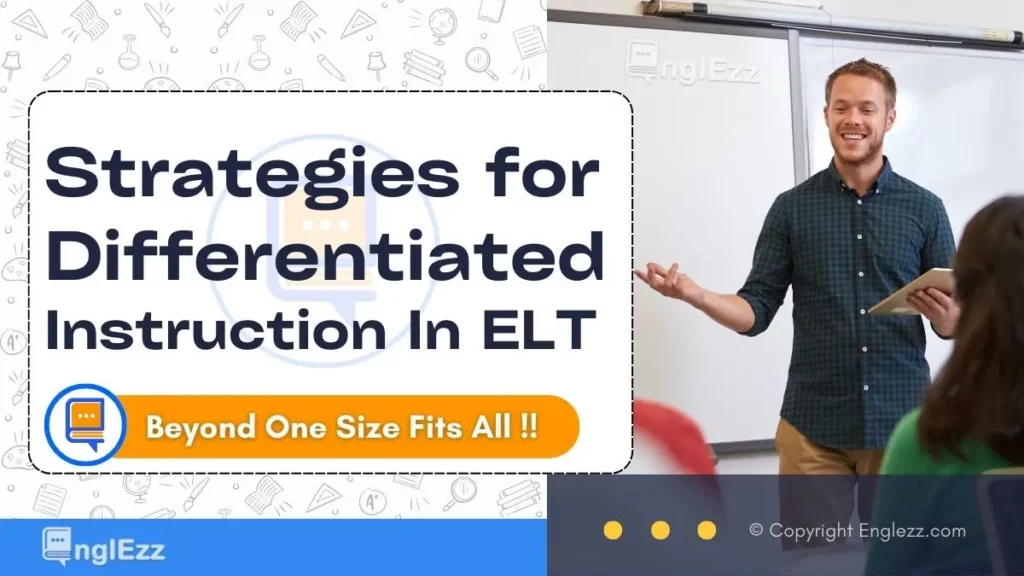
Unveiling the intricate tapestry of learning styles, educators must discern the nuances of visual, auditory, and kinesthetic learners. By recognizing these distinct preferences, instructors can sculpt lessons that resonate with each student’s unique cognitive wiring.
Assessing Individual Proficiency Levels
The diagnostic tools employed in language assessment become the cornerstone for differentiation. By gauging individual proficiency levels, educators can curate content that aligns with learners’ existing language competencies.
Adapting Content Delivery
Flexibility in Lesson Planning
The hallmark of DI lies in its flexible approach to lesson planning. Crafting lessons that accommodate diverse learning needs ensures that no student is left behind, addressing varied pacing requirements with finesse.
Utilizing Multimodal Resources
The integration of multimedia and visual aids becomes a potent tool in the DI arsenal. Technology, when harnessed adeptly, enhances engagement and facilitates a richer language learning experience.
Scaffolding Instruction
Gradual Release of Responsibility
Shifting from a teacher-centric approach to a student-centered paradigm, the gradual release of responsibility empowers learners to independently navigate the complexities of language acquisition.
Providing Leveled Tasks
Task gradation becomes an art in differentiation, as educators calibrate the complexity of assignments based on individual proficiency levels. This challenges students appropriately while ensuring a scaffolded path to linguistic mastery.
Students’ Grouping Strategies
Flexible Grouping

Dynamic collaborative learning environments thrive on flexible grouping. In fostering peer support and interaction, educators enable students to become active participants in their language learning journey.
Homogeneous and Heterogeneous Grouping
Strategic group formation, whether homogeneous or heterogeneous, plays a pivotal role in differentiation. Balancing skill levels within groups ensures a collaborative synergy that maximizes learning outcomes.
Differentiating Assessment in Language Education
Varied Assessment Tools
Redefining assessment beyond traditional tests, DI advocates for a repertoire of evaluation tools. Authentic assessment methods in language education provide a more comprehensive understanding of a student’s linguistic prowess.
Providing Constructive Feedback
Personalized and constructive feedback becomes the cornerstone of differentiation. Tailoring feedback to individual learning paths fosters a growth mindset, encouraging students to view challenges as opportunities for improvement.
Overcoming Challenges
Time Management
Efficient planning is the linchpin for overcoming the temporal challenges of differentiation. Educators must strategize effectively to maximize classroom time and meet the diverse needs of their students.
Resource Allocation
Budgeting for diverse learning materials is an inherent challenge in differentiation. Leveraging available resources creatively ensures that the classroom remains a dynamic and enriching space for language acquisition.
Professional Development for Educators
Training in Differentiation Techniques
Continuous learning stands as a prerequisite for language instructors embracing DI. Staying abreast of pedagogical trends equips educators to evolve their strategies and cater to the ever-changing landscape of language education.
Staying Updated with Pedagogical Trends
Remaining informed about the latest trends in education ensures that educators can continually refine their approaches. The dynamic nature of language acquisition demands an adaptive and informed teaching methodology.
Case Studies: Successful Implementation
Showcasing Effective Differentiation Practices
Real-world examples illuminate the successful implementation of DI in English language classrooms. Extracting lessons from these cases provides invaluable insights for educators navigating the terrain of differentiated instruction.
Extracting Lessons from Noteworthy Cases
Analyzing and distilling the lessons from noteworthy cases aids educators in deciphering the nuanced application of differentiation strategies. These case studies serve as guiding beacons for effective pedagogical practices.
Cultural Considerations in Differentiation
Acknowledging Cultural Diversity

In the melting pot of language classrooms, acknowledging cultural diversity is paramount. Tailoring content to cultural sensitivities ensures that language education is not only inclusive but also culturally enriching.
Fostering Inclusivity in Language Education
Inclusivity is not a mere buzzword, but a guiding principle in differentiated instruction. By fostering an inclusive environment, educators pave the way for a harmonious coexistence of diverse cultures within the language learning landscape.
Parental Involvement
Communication Strategies
Involving parents in the language learning process requires effective communication strategies. By keeping parents informed and engaged, educators forge a strong partnership that nurtures a supportive learning community.
Building a Supportive Learning Community
A collaborative ecosystem, involving both educators and parents, contributes to the holistic development of language learners. Building a supportive learning community ensures that students receive consistent encouragement and reinforcement.
Continuous Improvement
Reflective Practices for Educators
The journey of differentiation is iterative. Educators must engage in reflective practices, constantly evaluating the efficacy of their strategies and adapting them based on feedback and evolving classroom dynamics.
Adapting Strategies Based on Feedback
Feedback becomes the compass guiding educators on their path of continuous improvement. The ability to adapt strategies based on feedback ensures that differentiation remains a dynamic and evolving pedagogical approach.
Measuring Success
Evaluating Student Progress
Quantitative and qualitative metrics converge in evaluating student progress. Celebrating language proficiency gains becomes a tangible measure of the success of differentiated instruction in language classrooms.
Celebrating Language Proficiency Gains
The ultimate triumph of differentiation lies in the tangible progress of language learners. Recognizing and celebrating language proficiency gains reinforces the efficacy of tailored instruction in achieving meaningful outcomes.
Final Thoughts
In conclusion, differentiated instruction in language education emerges not merely as an option but as a pedagogical imperative in English classrooms. Tailoring instruction to the individual needs of learners empowers them on their unique linguistic journey.
By embracing differentiation, educators become architects of empowerment for English language learners. Tailored instruction transcends barriers, unlocking the linguistic potential within each student and fostering a generation of proficient communicators.


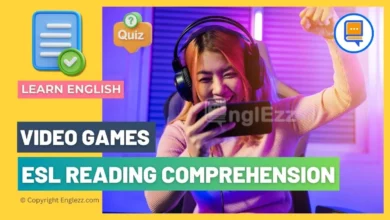
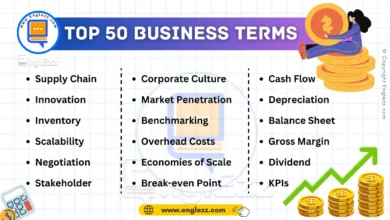
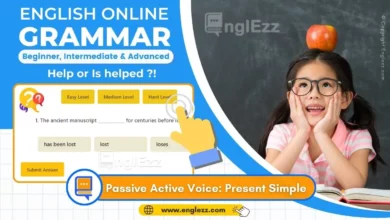

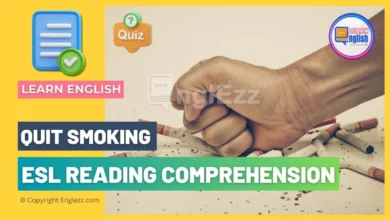

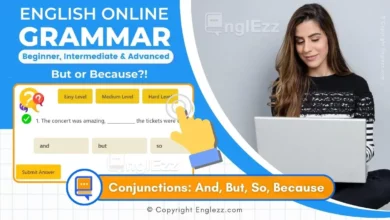
🌐 Unlock the power of differentiated instruction in language education!
📚 Explore innovative strategies to cater to diverse learning needs, from tailored methods to flexible curriculum design. 🚀 Embrace the linguistic journey with EnglEzz! 📖 Don’t miss out on updates, follow and like us! 🤝 ✨ Check out the article here:
https://www.englezz.com/differentiated-instruction-in-language-education/
#englezz #quiz #worksheet #languageeducation #teachingstrategies #linguisticpotential #educationrevolution #differentiationtips
Having the opportunity to read everything in one place is a delight for me; this is my very first, brief visit.